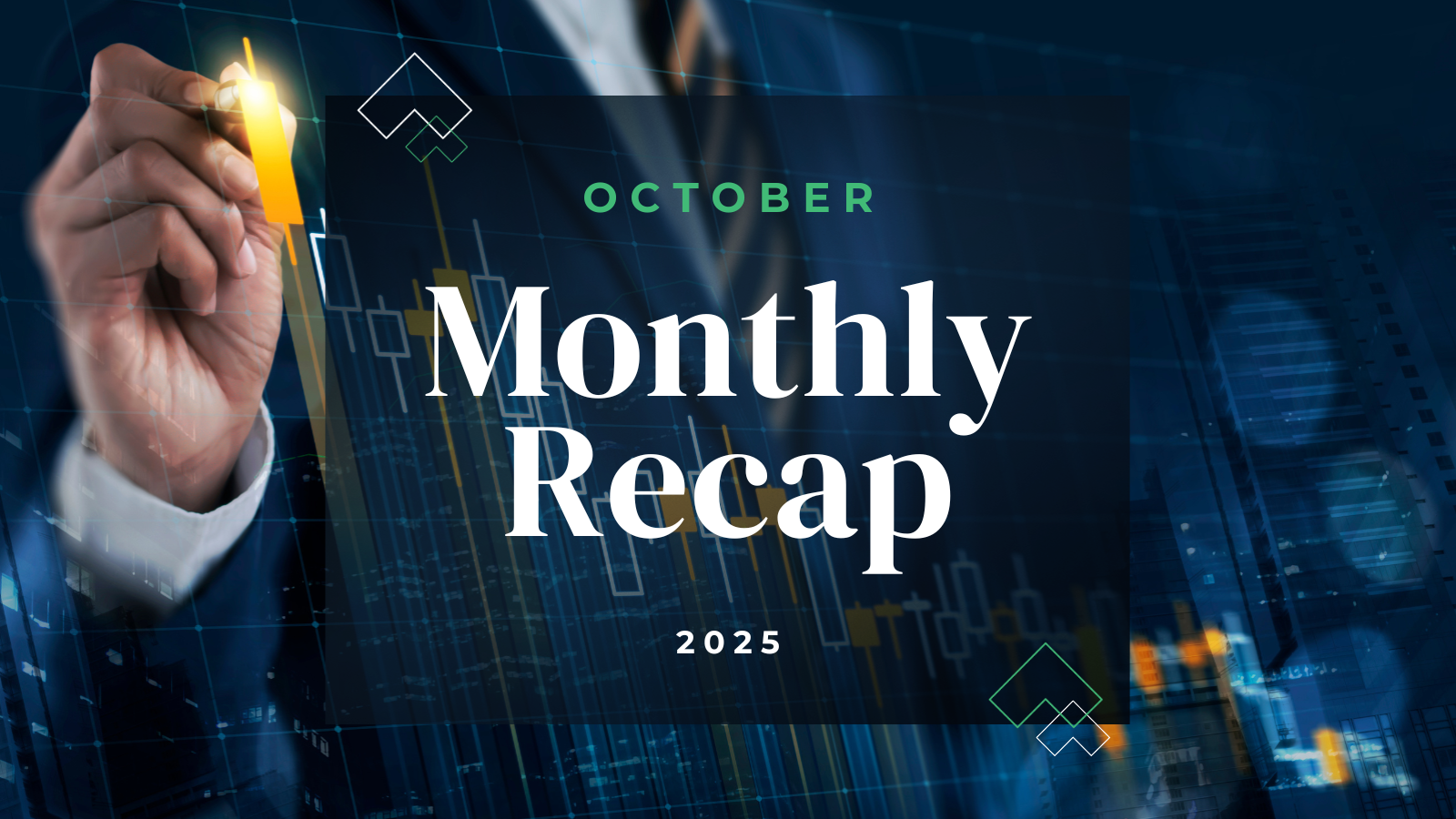
By Matt Schaller MBA, CFA, CFP®, advisor
Over the last few weeks, the stock market seems fixated on what the 10-year U.S. Treasury yield is doing. The recent market volatility is due to, in large part, the sudden rise in the 10-year yield. Days that see an easing (or slight decline) in the 10-year yield have seen the market soar.
Rising Rates
The 10-year yield rises when investors anticipate higher economic growth and inflation going forward. This results in investors selling their bonds when there are more sellers than buyers, and the buyers demand a higher yield (or a lower price for the bond). The Fed can control the shorter-term rates with a combination of asset purchases and adjusting the Fed Funds Rate. However, the 10-year Treasury trades more on market sentiment. Since investors consider Treasury yields to be a “safe” investment, they become especially attractive when rates rise. The result of increasing rates means investors are more likely to take some risk off the table by selling equity positions and rotating an allocation of their money to bonds.
How the 10-year Treasury Impacts the Stock Market
You may be thinking, rates rise and fall all the time, so why are investors across asset classes concerned this time around? The main reason behind the attention in recent weeks is due to the nature of how rates have risen. While rates have risen fairly-quickly, the increase has been somewhat orderly. All we are really seeing in the news is speculation that rates might rise further and in a disorderly fashion, although this has not happened this far.
Still, the main fear is that if rates continue to rise and do so in a rapid fashion, such an event has the potential to be a headwind for stocks. There are several reasons for this possible scenario. As we mentioned earlier, higher yields could lead to the selling of equities and a rotation into bonds. This is especially true of growth stocks that typically do not pay out large dividends.
 Additionally, the 10-year Treasury is also a benchmark for debt, including mortgages. When interest rates rise, so do mortgage rates. Higher mortgage rates could lead to a cooling of the housing market, which was a strong economic growth driver in 2020. Another factor is that higher rates could mean higher borrowing costs for businesses, most notably so for smaller businesses, which drive significant economic growth.
Additionally, the 10-year Treasury is also a benchmark for debt, including mortgages. When interest rates rise, so do mortgage rates. Higher mortgage rates could lead to a cooling of the housing market, which was a strong economic growth driver in 2020. Another factor is that higher rates could mean higher borrowing costs for businesses, most notably so for smaller businesses, which drive significant economic growth.
As the U.S. eventually recovers from the Covid-19 Pandemic and COVID infection rates continue to decline, the market is expecting U.S. consumers to get out and do what we do best – spend. Consumer sending is the biggest driver of the United States economy. So long as the rate increases remain orderly, the market should be able to digest them as they occur since this still signals anticipated growth in the economy driven by solid economic factors and not fundamental changes in the economy.
Compardo, Wienstroer, Conrad & Janes has years of experience guiding highly affluent families through periods of market volatility. Our staff of diverse professionals stays informed to help you make better financial decisions. We serve Family Office, Professional Athletes and Family CFO clients. You can visit our website here.
© 2021 Moneta Group Investment Advisors, LLC. All rights reserved. These materials were prepared for informational purposes only based on materials deemed reliable, but the accuracy of which has not been verified; trademarks and copyrights of materials linked herein are the property of their respective owners. This is not an offer to sell or buy securities, nor does it represent any specific recommendation. You should consult with an appropriately credentialed professional before making any financial, investment, tax or legal decision. Past performance is not indicative of future returns. These materials do not take into consideration your personal circumstances, financial or otherwise.



